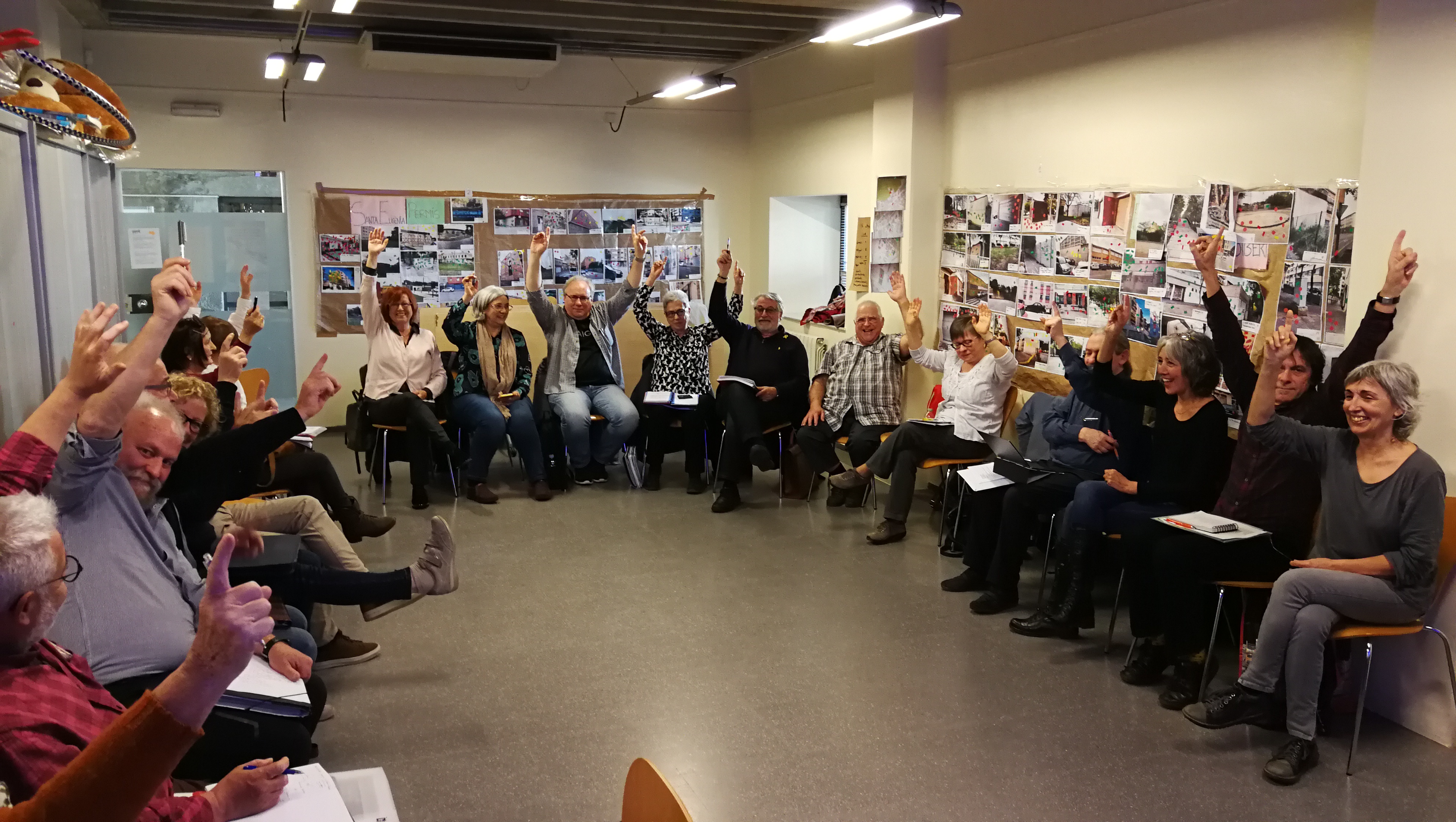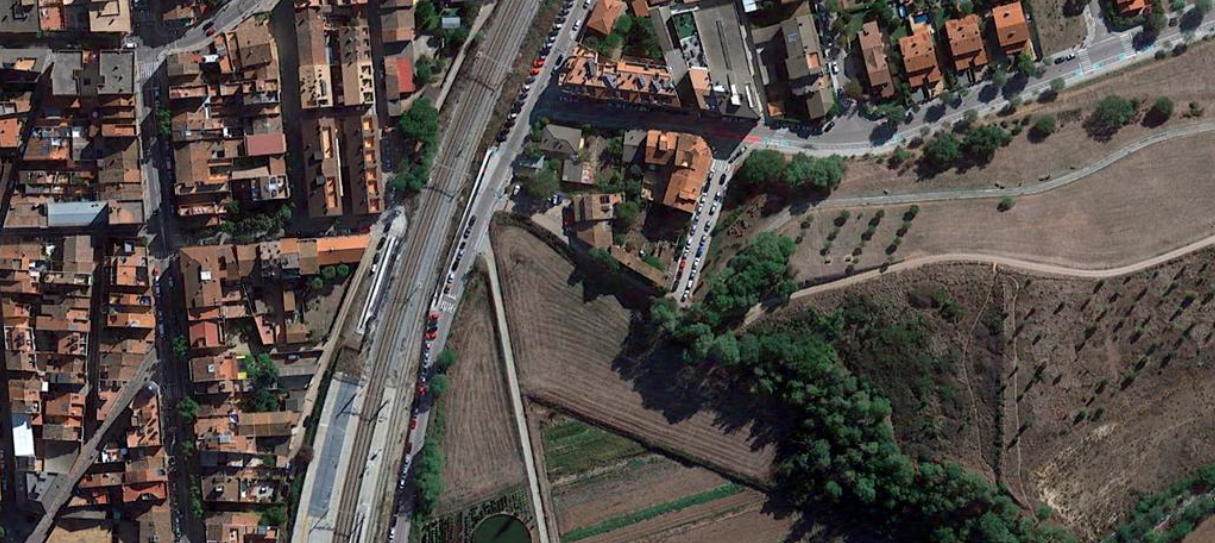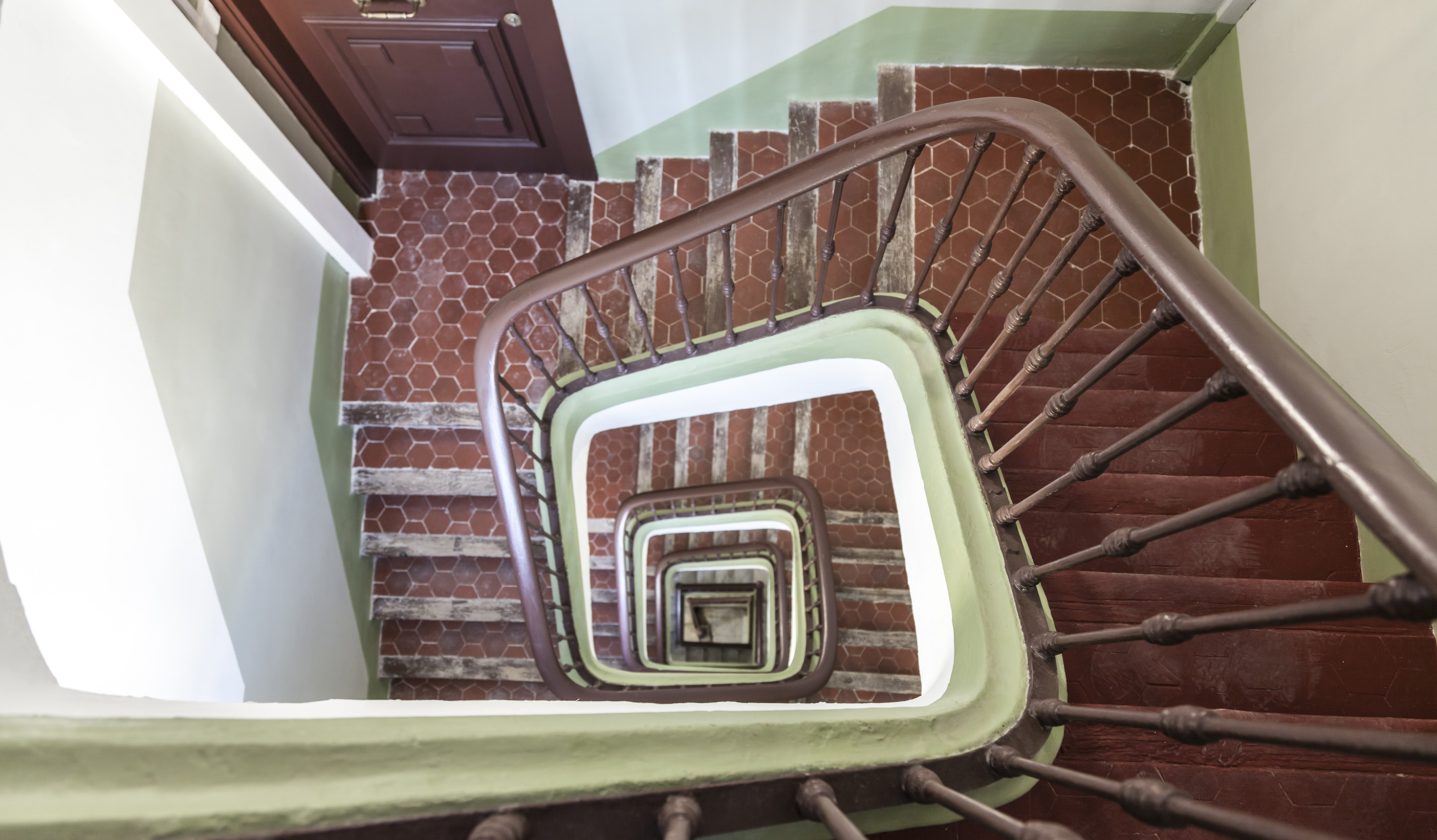Make a seed group
One of the fundamental steps to carry out a cooperative housing project is to find the group of people with whom the project will be developed.
The seed group can be made up of people who have a similar personal profile, as in senior groups (all their members are between 50 and 70 years old and want to create a project for active and shared aging) or, on the contrary, they can look for each other people with heterogeneous characteristics and who have a similar idea of the way they want to live.

But how are seed groups born? There are two basic ways:
-
-
- Affinity groups: These are groups of people who already knew each other, such as friends, relatives or acquaintances from the social environment, such as a neighborhood organization, a consumer group or an association of students' families. If you already have the group, you can write to info@sostrecivic.cat and we will explain the next steps to appear on our website and for us to accompany you in your project.
- Existing groups with a waiting list or vacancies: These groups are created when it is necessary to occupy housing that becomes vacant if a person leaves or if the building ends up having more housing than planned.
-
What if I'm not part of any group yet?
Partners can create a new seed group or join a project that has already started and has vacant places. We also hold quarterly workshops for the generation of new seed groups with the partners.
You can check which of our groups are open and looking for new members here, with the filter "Open to new members".
Find heritage
Parallel to the formation of the group, all possible locations or existing heritage must be found, since the characteristics of the lot or the chosen building also determine the group, mainly the number of coexistence units that can be there to fit
The steps we recommend to follow are:
- Starting point. It is necessary to define beforehand the objective and the characteristics of the project that we want to carry out.
- Site identification. There are different agents and mechanisms for the search for heritage (administrations, "urban safari", real estate agencies...)
- Obtaining the site's urban data. Once we know the address of the property we want to study, we will have to collect all the urban planning and cadastral information we can get hold of.
- Obtaining the legal data of the site. It is necessary to find out who owns the land and what burdens it may have, in order to be able to assess its viability and to be able to opt for the purchase, transfer or rental of the property.
If you want to know more tools and tips to deepen the search for lots and buildings, you can download the Manual for the search and activation of heritage.

You also have a form that you can use to collect and send to the technical team of Sostre Cívic the data for the initial valuation of a property. Ask for it at info@sostrecivic.cat.
Good Luck!!
Define the project
Once we have a group and a possible location for the cooperative project, we can begin to define the project, which should address the following aspects:
-
- Coexistence model: defines the group's values, organization and management.
- Architectural model, both in the homes and in the common spaces.
- Financial study: serves to check the economic viability of the project.
- Legal model, which defines the statutes of the cooperative. In the case of being part of a cooperative for phases or projects, such as Sostre Cívic, it is not necessary to establish a new cooperative. Instead of approving new statutes, an internal system regulation can be approved to define the internal functioning of the project.
Get financing
It is time to materialize the project and therefore a high level of definition is needed. In this phase it is necessary to prepare the executive project, define the budget and obtain the financing of the project. These tasks are done in parallel, as they are closely related and modifications in one aspect influence the rest.
The financing of the promotion is established in the economic and financial plan, drawn up by experts and validated by the partners.
Ideally, it must be based on balanced financing, between own and external resources, involve an investment that can be assumed by all members, take into account the economic and financial viability of the cooperative housing project in the long term (not only in the construction period) and allow a reserve fund to be generated.

What external funding resources can be used?
The cost of construction is the most important expense, especially if you have to build a new building or take on the comprehensive rehabilitation of an existing building.
This investment, in general, is assumed through 20-30% self-financing via capital contribution and the remaining 70-80% via external financing. A Sostre Cívic we use the following mechanisms:
-
- Ethical finance, who have a high interest in this model due to the great potential for social transformation in the field of housing. To date, our projects have been funded by Coop 57 i Fiare Banca Ètica, although other banking entities are studying the possibility of starting to offer other types of financing.
- Administration: Some Catalan councils have begun to offer land and existing buildings with surface rights to cooperatives in right of use, allowing the initial investment to be substantially reduced and, therefore, facilitating the financing of the cooperative. Another option is for the administration to endorse the cooperatives in right of use to make it easier for them to obtain bank credits and improve their conditions.
- campaigns Tornassol: These are proprietary participatory title campaigns, a form of voluntary financing open to all interested persons, whether they are members of Sostre Cívic as if not You can find more information about the campaigns carried out and the ones currently active at this page.
 Twitter
Twitter Facebook
Facebook Youtube
Youtube Instagram
Instagram
